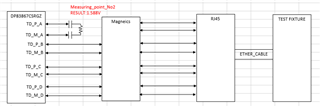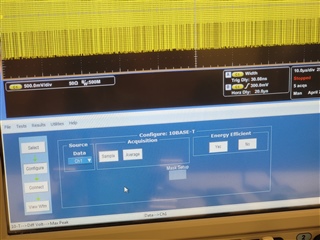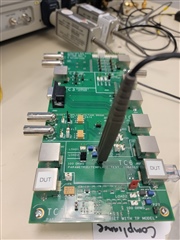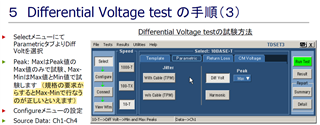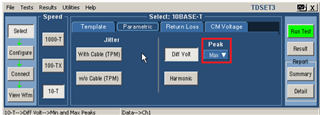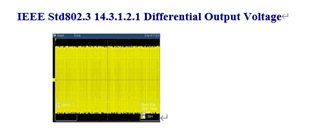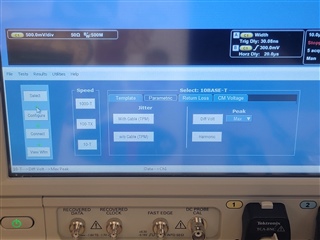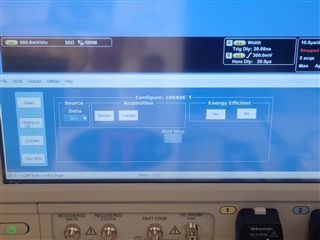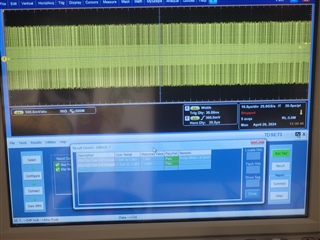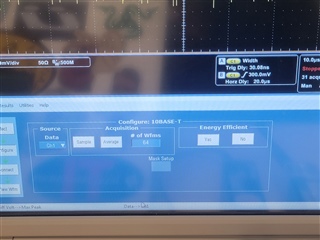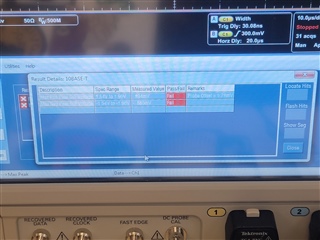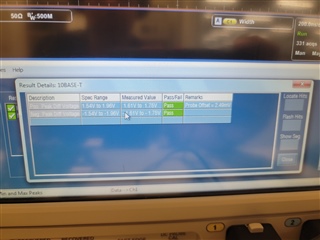Other Parts Discussed in Thread: DP83867E, , DP83867ERGZ-R-EVM
Hi Team,
We are considering changing from DP83867CSRGZ to DP83867ERGZ as a PHY part.
When I checked the difference in the data sheet, there was a difference between the operation temperature and PMD OUTPUT.
Please tell me the following points.


[question 1]
Are there any differences between the DP83867CSRGZ and DP83867ERGZ other than the operating temperature and PMD OUTPUT?
[question 2]
There was no MIN/MAX specification for VOD (Vpeak Differential) of DP83867CSRGZ in the data sheet.
Does this mean that the VOD (Vpeak Differential) output varies because there are no guaranteed MIN/MAX values on the data sheet?
[question 3]
The data sheet states that the MIN/MAX value of VOD (Vpeak Differential) of DP83867ERGZ is from 1.54[V] to 1.96[V].
Where is the point where the above differential voltage value is specified?
Please tell me the specified points in the diagram below.
Is it the A point of PHY output? Or is it the B point at the RJ45 end? Or is it the C point at the ETHER_CABLE end?
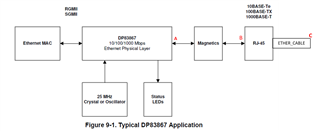
Best Regards,




